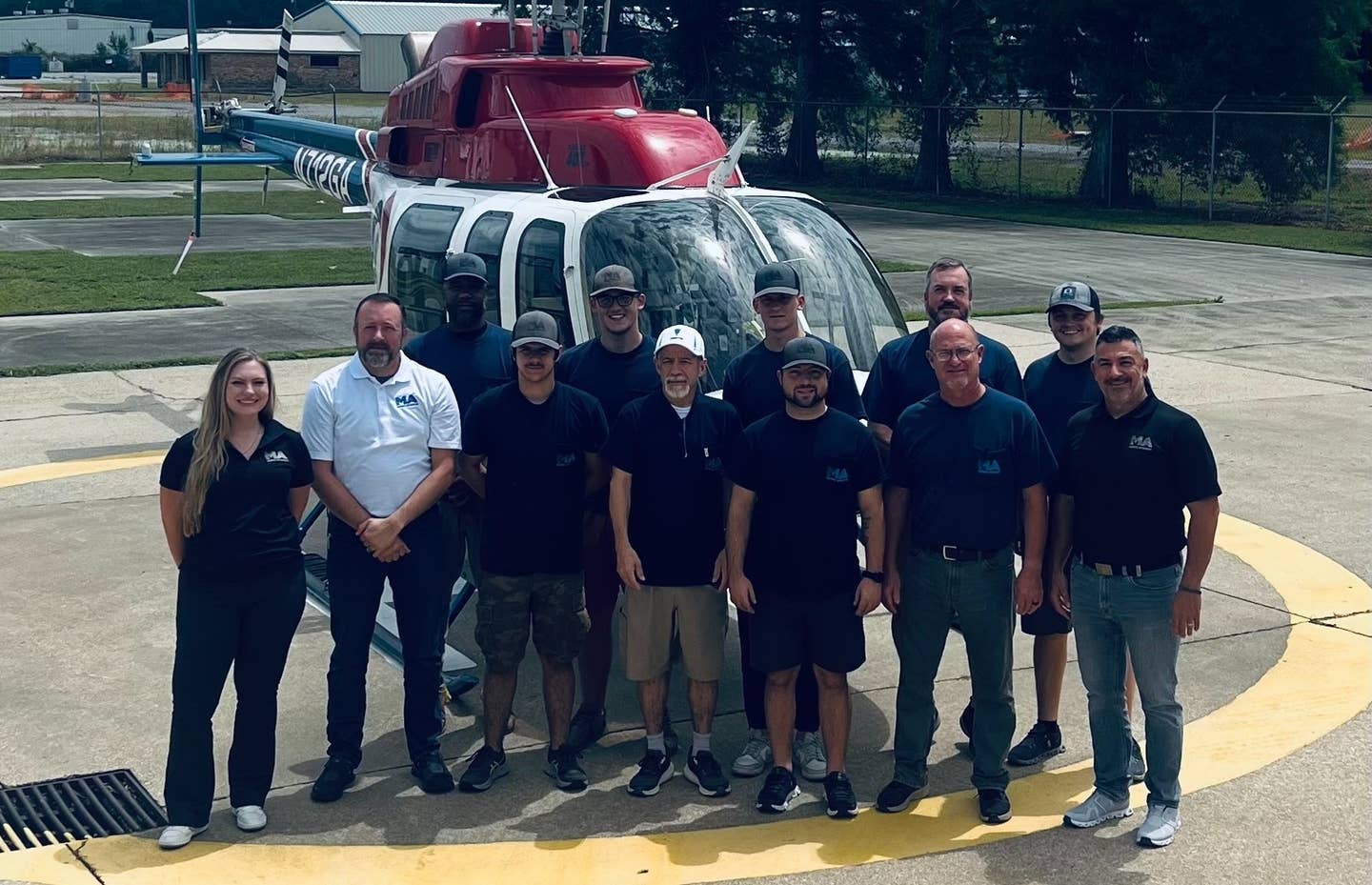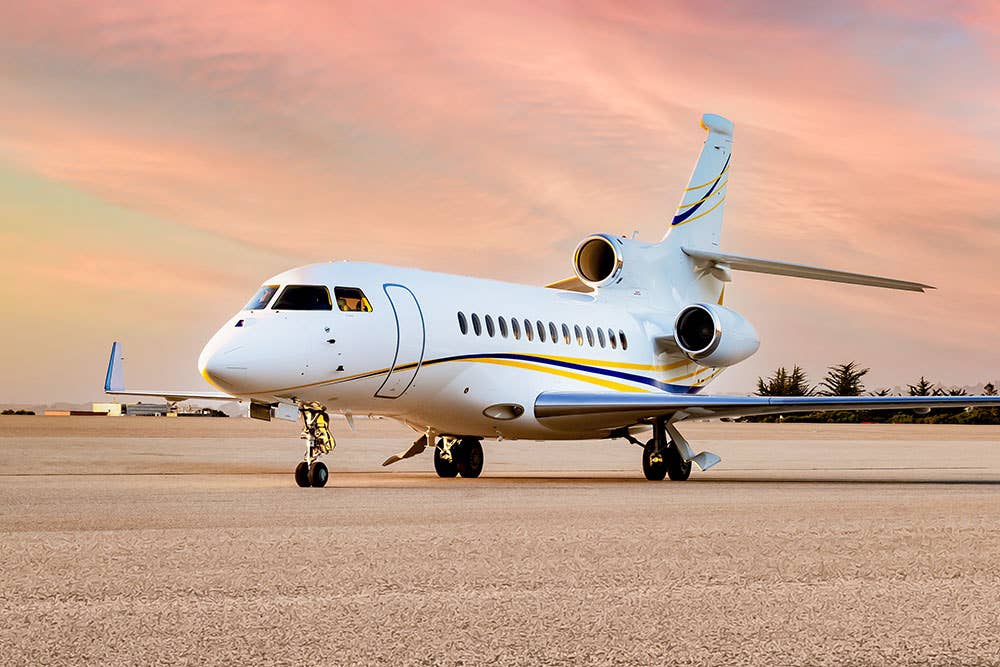
Air-tour operators combine flying in a time machine, like St. Augustine Biplane Rides’ 1935 Cabin Waco YOC, with seeing some of the most beautiful sights the country has to offer. Dave Genet
Air-tour operators in the United States conduct sightseeing flights from Bar Harbor, Maine to Maui, and from Key West to northern Alaska. Dave Genet, proprietor of St. Augustine Biplane Rides in St. Augustine, Florida (KSGJ), established his business in 2012 with the goal of using historical aircraft — currently a 1935 Cabin Waco YOC — to offer aerial views of North America’s oldest city. “Not only are you flying in a time machine, but you’re flying over one of the most historic places in the U.S., so it’s a perfect match,” Genet says.
What federal regulations govern air-tour operations?
Commercial air tours using powered aircraft and remaining within 25 statute miles of their home airports operate under Part 91 rules and require an FAA letter of authorization (LOA) approving their operation. Participation in a DOT drug and alcohol test program is a key requirement for approval. “Anybody who touches the airplane with a wrench or flies it has to be on the test program,” Genet says. Where applicable, airspace rules regarding national parklands (e.g., Castillo de San Marcos national monument in downtown St. Augustine) must be observed.
What background does an air-tour pilot need?
No academic training or study program for the air-tour business exists. Pilots of powered aircraft must have a commercial license and be highly experienced with the type of aircraft flown, as well as have excellent people skills. “Half the folks are kind of freaked out” by flying in a small aircraft, Genet notes, and need to feel at ease with the pilot. As for playing tour guide, once customers are airborne, “I try to let them enjoy the experience,” Genet says. “You don’t have to talk the whole time.”
What makes a good base location?
Potential customers and points of interest worth seeing from the air are required. St. Augustine has fewer than 14,000 residents but draws 1 million to 4 million visitors per year by various counts, Genet says. A supportive airport is also important. (An operating agreement and fee payments are required.) The location on the airport must be zoned for commercial operations, and security rules governing customers’ airport access strictly observed.
How do you determine how much to charge?
Operators typically offer a variety of tours, with prices based on flight time. “My average flight is $184 for two people for 22 minutes,” says Genet. “It’s a great price,” he adds. “People pay 90 bucks for a walking tour at night.” The aircraft type and even fuel prices also impact tour costs. If it weren’t for SGJ’s low fuel prices he’d have to raise his rates, Genet says.
How do you market an air-tour business?
“It’s a mix — you can’t have just one” media, Genet says. He advertises in local circulars and entertainment magazines. Postcard-size “rack cards” in hotel kiosks work well, but are expensive. The best exposure is social media, such as positive comments on Facebook and TripAdvisor, though Genet says he never asks customers to post.

Subscribe to Our Newsletter
Get the latest FLYING stories delivered directly to your inbox






